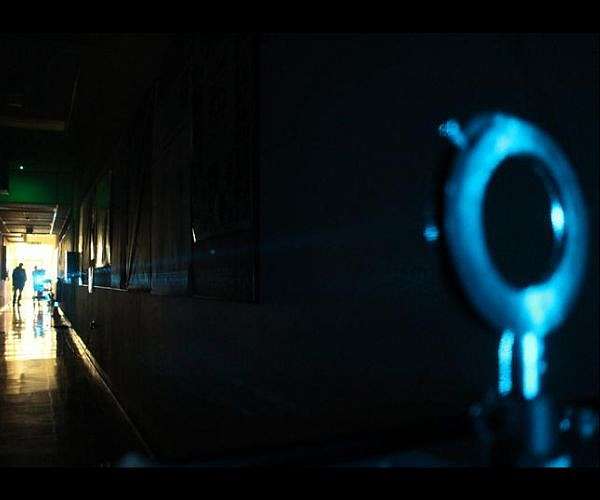22.10.2023

Physicists at the University of Otago have broken new ground by employing a glass bulb filled with atomic vapor to develop a novel type of antenna for radio waves. The research project was spearheaded by Dr. Susi Otto of the Dodd-Walls Centre for Photonic and Quantum Technologies, marking a significant advancement in the world of portable atomic radio frequency sensors.
The atomic vapor inside the bulb is put into what is known as a Rydberg state, which imbues the sensor with unique capabilities that set it apart from conventional antenna technologies. One of the most salient features of Rydberg state-enabled sensors is their heightened sensitivity. This makes them highly advantageous in applications requiring precise signal detection, such as in defence and communications sectors. Moreover, these sensors offer broad tunability and are compact in size, which adds another layer of attractiveness for potential adopters.
Such versatility could prove to be a game-changer on the battlefield. Rather than requiring multiple antennas to cover a wide range of frequencies, a single Rydberg-based sensor can efficiently cover the full spectrum. This ability not only simplifies the communications setup for soldiers but also significantly increases the accuracy and range of critical signal detection. These sensors could also find utility in satellite technology by reducing the need for multiple devices, leading to more streamlined and efficient systems.
Another noteworthy characteristic of Rydberg sensors is their ability to operate entirely without metal components. Traditional antennas often incorporate metal parts, which can interfere with the radio frequency field they are intended to measure. By contrast, the atomic vapor in Rydberg sensors allows them to function without such disruptions. Instead of requiring electric cables for operation, these innovative sensors can be accessed through laser light, thereby mitigating any potential interference while also eliminating the need for cumbersome cables.
The research team at the University of Otago has gone beyond the theoretical and taken this technology out of the lab for practical testing. The newly developed design is portable and was successfully deployed in an external environment. During the initial field tests, the sensor managed to efficiently measure fields at a distance of up to 30 meters using a free-space laser link. Such real-world applicability signifies a critical milestone for Rydberg-atom-based sensing technologies, emphasizing their readiness for broader applications.
Dr. Susi Otto remarked on the project's success, stating, "Such sensors, that are enabled by atoms in a so-called Rydberg state, can provide superior performance over current antenna technologies as they are highly sensitive, have broad tunability, and small physical size, making them attractive for use in defence and communications."
This successful out-of-lab test opens new avenues for the development and deployment of Rydberg sensors, effectively shifting them from the realm of academic curiosity to practical, real-world applications. Importantly, these advancements are likely to make quantum sensors more robust and cost-effective. With these developments in hand, the next logical steps involve scaling the technology for broader use cases, but as of now, it is clear that Rydberg-atom-based sensing technologies have moved a step closer to becoming a pivotal part of modern sensing and communication systems.
Quelle: SD
